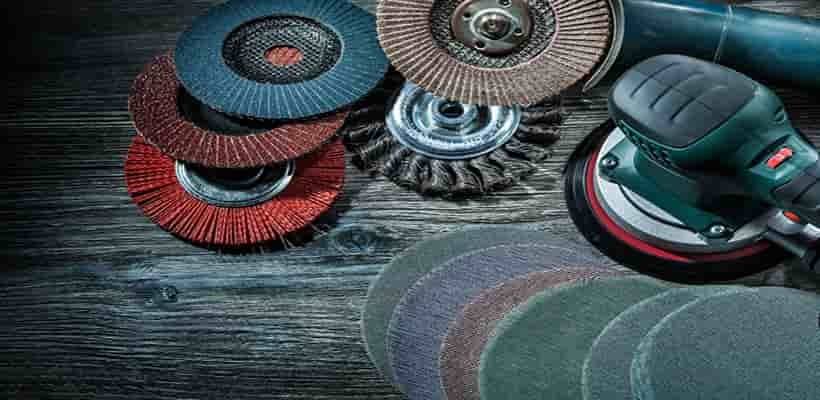
Palm sanders are great and an easy-to-use power tool. Sanding by hand can be straining and difficult, but a palm sander makes the task much easier. Palm sanders have a sanding pad where you can attach the sandpaper.
The key to using a palm sander is mostly just putting the sandpaper on a sanding pad. In case you are wondering about how to put sandpaper on a palm sander, don’t worry. This article has you covered and will show you how to do it.
Process Overview
The sanding is done via sandpaper attached to the sanding pad, which moves in an oscillating motion. All palm sanders have ways to attach the sandpaper to the sanding pad. Most palm sanders make use of spring-loaded clips or clamps to hold the sandpaper in place.
So, you’ll want to make sure that you have some rolls of sandpaper for your palm sander. Sandpaper comes in different types. Sometimes you’ll need to make use of coarse sandpaper to sand out massive bumps and scratches. Other times you’ll need finer sandpaper for smaller scratches.
To get a good finish, you will often need to change out the sandpaper, which is why it is important to know how to put sandpaper on a palm sander.
How to Put Sandpaper on a Palm San: General Instructions
Keep in mind that these are general instructions. While most palm sanders have similar methods of attaching sandpaper to the sanding pad, there can be some exceptions with certain models.
To get the best out of these instructions, use them alongside the instruction manual for your palm sander model. We will outline the general process, and for any specific instructions, you can refer to your manual.
So, to put sandpaper on a palm sander, you need to follow the steps below:
1. Preparing the Sandpaper
Most sandpaper is available in sandpaper rolls and does not automatically fit the sanding pad of your palm sander. So, you’ll need to cut the appropriately sized sandpaper before you can fit it into the sanding pad.
There are several ways to do this, but the best way is to place the sandpaper onto the sanding pad. Then you need to draw out or mark the shape and size of the sandpaper.
After that, you can cut out the sandpaper with scissors; it makes sure that the material isn’t wasted. Ensure that there are no dangling bits on the sandpaper and that it properly aligns with the pad.
You can also opt to measure the sanding pad and then cut the sandpaper to the required measurements. It’s easier if you have someone to help you do the measurements.
2. Preparing the Palm Sander
Next, you will want to check your palm sander. Locate the clamps or spring-loaded clips. Check to see if they are working properly or not. Open the clamps or slowly release the clips. If there is old sandpaper still in the palm sander, carefully take it out of the sanding pad.
3. Placing the Sandpaper
Once you’ve unlocked or loosened the clamps, you can begin to place the sandpaper on the pad. If you are using clamps, carefully attach one end of the sandpaper to one of the clamps (preferably the upper clamp).
Now slowly begin to wrap the sandpaper onto the rest of the pad. Make adjustments to make sure that the sandpaper is properly centered and that no part of the sandpaper is hanging. Secure the other clamp.
For spring-loaded clips, you need to loosen the clips a bit. Now choose one edge of the sandpaper and fold it slightly (about a quarter of an inch). Insert the folded edge first and slowly place the rest of the sandpaper, making sure it is centered properly. Similarly, fold the opposite edge. Then proceed to tighten the springs.
4. Finishing Touches
Check to see if the sandpaper is placed properly flat on the sanding pad. Once ensured, turn on the palm sander, and after it becomes steady, test it on an uneven material. If the result is as you desired, then the sandpaper is a perfect fit.
Conclusion
This is the general process detailing how to put sandpaper on a palm sander. It is not too difficult, but it can be a time-consuming process to ensure the sandpaper is centered perfectly on the sanding pad. The placement is important as it ensures fine sanding.